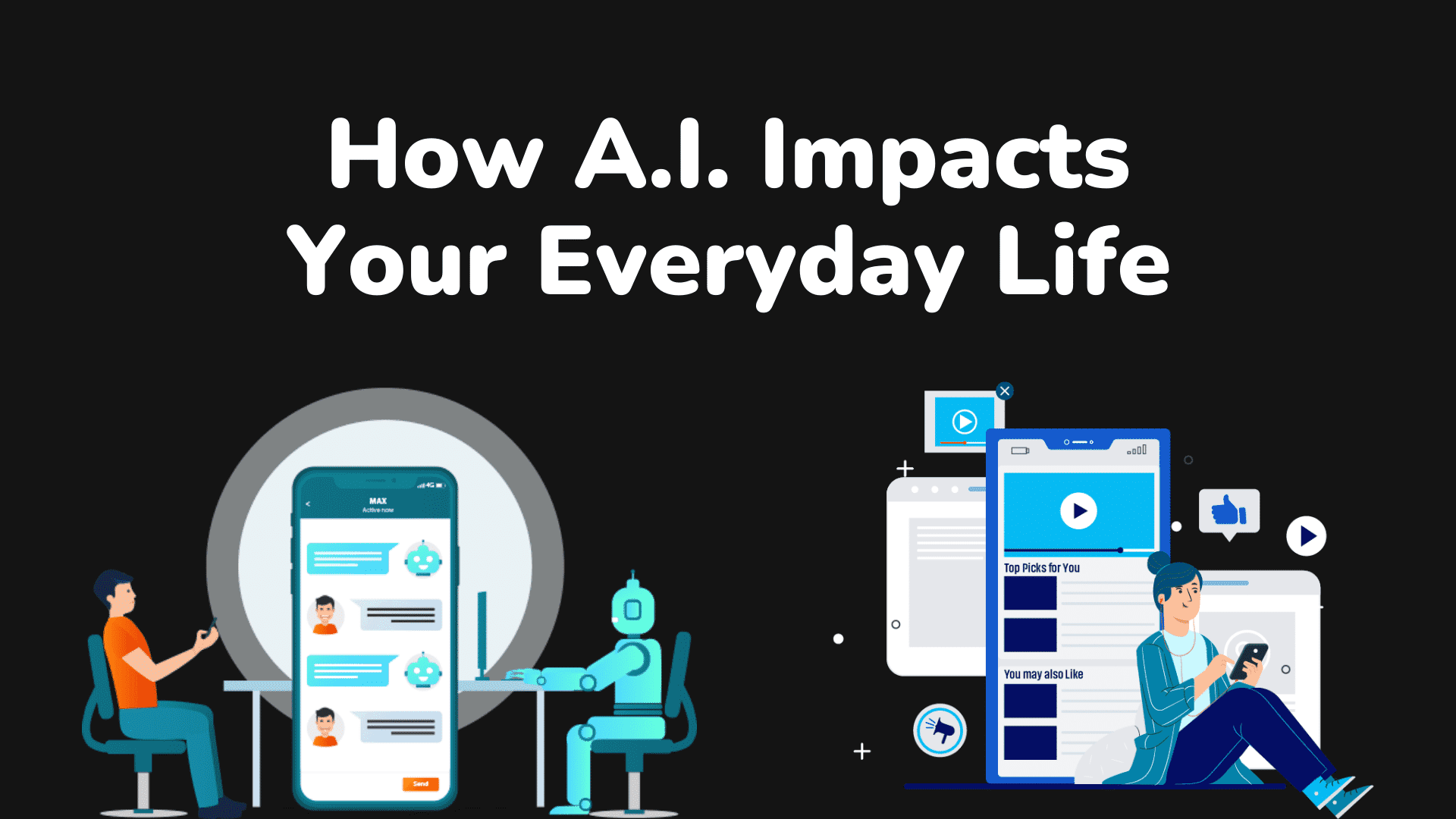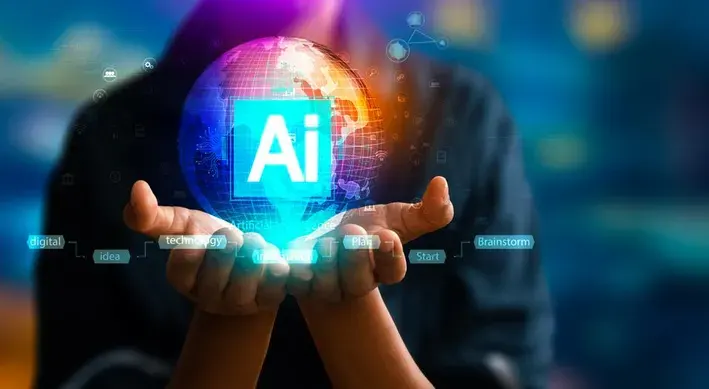This article delves into the new AI technologies that have become integral to our everyday routines.
From smart home devices that learn our preferences to AI-powered health monitors providing personalized advice, we are witnessing an unprecedented integration of AI into the fabric of our daily existence.

Benefits of New AI Technologies
The integration of AI into everyday life is not just a matter of technological advancement; it's becoming a critical component in enhancing financial well-being and optimizing earnings and expenditures.
The integration of new AI technologies into everyday life in 2023 is profoundly impacting the financial aspect of our daily routines.
With advancements in AI, individuals are finding it increasingly easier to manage their finances, leading to significant savings and a positive effect on their earnings.
Smart budgeting tools powered by AI help in tracking expenses and income, providing insights that aid in financial planning. This not only helps in a healthy balance sheet but also increases savings.
Home Automation and Smart Devices
Latest artificial intelligence is revolutionizing home automation, learning from user behavior to enhance comfort and energy efficiency.
Home automation and smart devices have been rapidly advancing, making everyday tasks more convenient and efficient. Here's an overview with examples:
Smart Home Assistants
- Examples: Amazon Echo (with Alexa), Google Home (with Google Assistant), and Apple HomePod (with Siri).
- Functionality: These devices act as central hubs for controlling various smart home devices using voice commands. They can play music, set alarms, provide weather updates, and even control other smart devices.
Smart Lighting
- Examples: Philips Hue, LIFX Bulbs.
- Functionality: These smart lighting systems allow users to control the brightness and color of their lights remotely via a smartphone app or through voice commands. They can be programmed to follow schedules, change colors to create different moods, and even sync with music or movies.
Smart Thermostats
- Examples: Nest Thermostat, Ecobee.
- Functionality: Smart thermostats learn from your habits to adjust the heating and cooling of your home for optimal comfort and energy efficiency. They can be controlled remotely, and some models use sensors to detect whether you're home or away, adjusting the temperature accordingly.
Smart Security Cameras and Systems
- Examples: Ring, Arlo, Nest Cam.
- Functionality: These devices provide real-time video surveillance of your home, which you can monitor from your smartphone. Features often include motion detection, night vision, and even two-way audio to communicate with visitors remotely.
Smart Locks and Doorbells
- Examples: August Smart Lock, Ring Video Doorbell.
- Functionality: Smart locks allow you to lock and unlock your doors remotely and monitor who enters and leaves your home. Smart doorbells let you see and speak with visitors at your door from anywhere, adding an extra layer of security.
Smart Appliances
- Examples: Samsung Family Hub Refrigerator, LG ThinQ Washer and Dryer.
- Functionality: These appliances offer enhanced convenience features like sending alerts to your phone when the laundry cycle is done or allowing you to view the contents of your fridge remotely. Some refrigerators can even suggest recipes based on the ingredients inside.
AI Educational Tools and Learning Platforms
Thanks to new AI technologies expected in 2023, AI educational tools and learning platforms have seen significant advancements, offering personalized and interactive learning experiences.
Adaptive Learning Platforms
- Example: Khan Academy, Coursera.
- Functionality: These platforms use AI to adapt the learning content based on the student's performance. They analyze how students interact with material and adjust the difficulty level or suggest additional resources, providing a personalized learning path.
Language Learning Apps
- Example: Duolingo, Rosetta Stone.
- Functionality: AI in these apps enhances language learning by offering customized lessons, interactive exercises, and real-time feedback on pronunciation and grammar. They adapt to the learner's pace and style, making language learning more efficient and enjoyable.
Interactive Tutoring Systems
- Example: Socratic by Google, Photomath.
- Functionality: These AI-driven tutoring apps assist students in understanding complex subjects. They can analyze problems (such as math equations) from photos and provide step-by-step solutions and explanations, making complex concepts more accessible.
Educational Chatbots
- Example: Carnegie Mellon's AI Tutor.
- Functionality: These new chatbots serve as virtual tutors, assisting with homework, clarifying doubts, and providing explanations. They're available 24/7, offering students additional support outside of traditional classroom hours.

Health and Fitness Trackers
The latest developments in AI-powered health and fitness trackers offer personalized insights into health metrics, workout suggestions, and dietary recommendations.
These devices and platforms leverage advanced AI algorithms to provide insights and recommendations tailored to individual health needs and fitness goals.
- Advanced Health Monitoring: Devices like the latest Apple Watch and Fitbit models have incorporated more comprehensive health tracking features. These include monitoring heart rate variability, blood oxygen levels, and even sleep patterns. They use AI to analyze this data, offering users insights into their overall health and identifying potential health issues before they become serious.
- Personalized Fitness Programs: New artificial intelligence companies like Peloton and Mirror have integrated AI into their fitness equipment and apps. These platforms analyze user performance, preferences, and progress to recommend personalized workout routines.
- Wearable Tech Innovations: The integration of AI in wearable technology has seen innovations like smart fabrics and biometric monitoring clothing.
- Remote Health Devices: They can now track and analyze vital health indicators like blood pressure and glucose levels, providing real-time data to healthcare providers for more informed treatment and care.
AI in Transportation
In 2023, new AI technologies in transportation have taken significant strides, enhancing efficiency, safety, and convenience across various modes of travel.
Autonomous Vehicles
Self-driving cars have become more advanced, with companies like Tesla, Waymo, and others rolling out vehicles equipped with sophisticated AI systems.
These advanced systems are capable of seamlessly processing data from various sensors and cameras to effectively navigate roads and make split-second driving decisions in real-time.
AI in Public Transportation
Cities around the world are implementing AI to optimize public transportation. AI algorithms analyze traffic data to improve route planning and reduce congestion.
For example, some cities have introduced smart traffic lights controlled by recent advances in artificial intelligence, which adapt to traffic flow to reduce waiting times and improve overall efficiency.
Ride-sharing and Mobility Services
Ride-sharing apps like Uber and Lyft continue to leverage recent AI technology to improve their services.
AI algorithms determine the most efficient routes, predict demand to position vehicles, and dynamically set pricing based on various factors like time of day, traffic, and special events.
Train Systems
The latest advances in artificial intelligence are being used to improve the safety and efficiency of train systems.
Advanced monitoring systems predict maintenance needs, while AI-driven control systems manage train scheduling and track switching to optimize traffic flow and reduce delays.
Personal Mobility Devices
E-bikes and scooters equipped with emerging AI technologies are becoming popular in urban areas.
These devices use AI for features like anti-theft systems, navigation assistance, and performance optimization based on user preferences and riding patterns.
Conclusion
The exploration of new AI technologies for everyday use in 2023 reveals a transformative landscape where AI is not just an auxiliary tool but a fundamental aspect of daily life.
These technologies are reshaping various domains, enhancing efficiency, convenience, and personalization.




